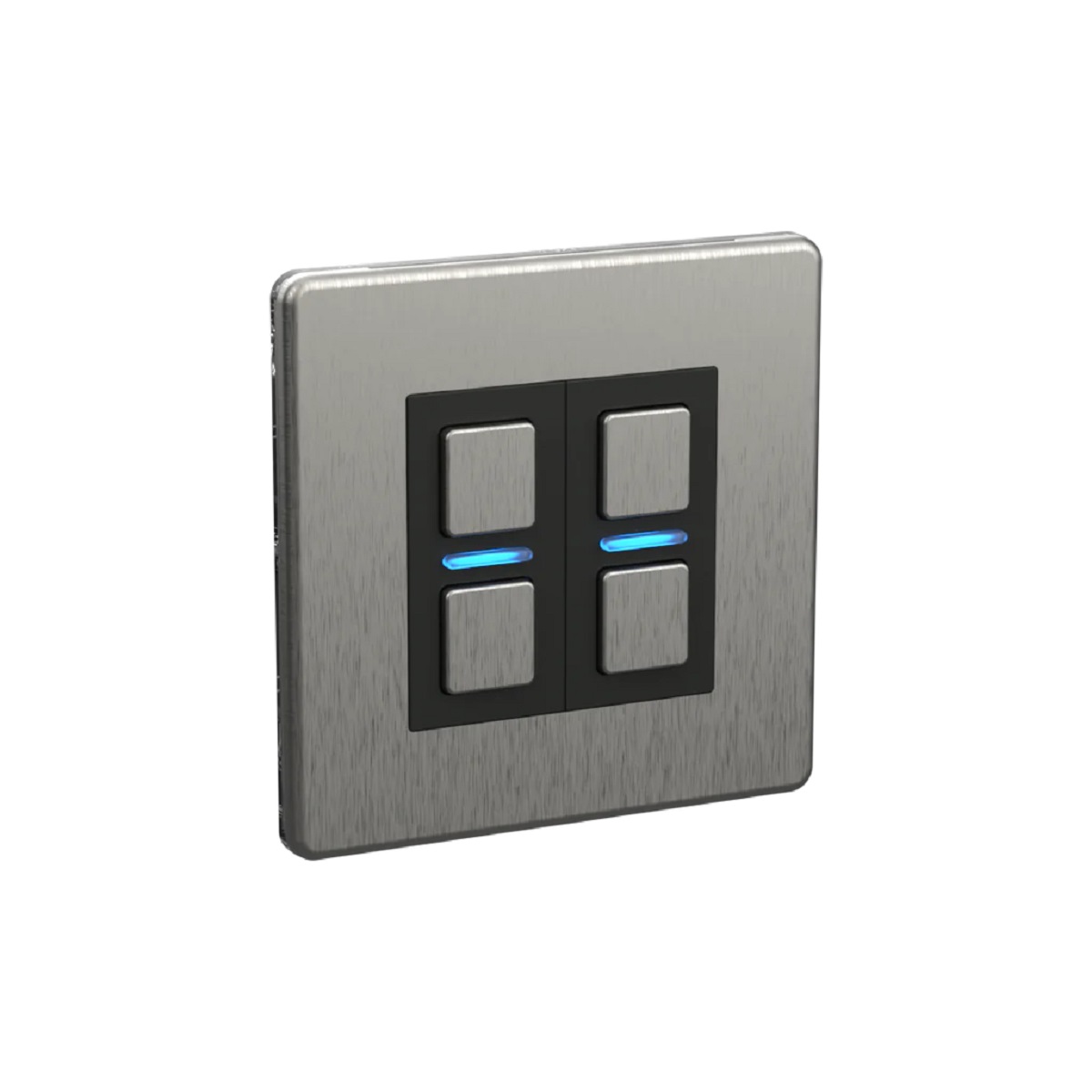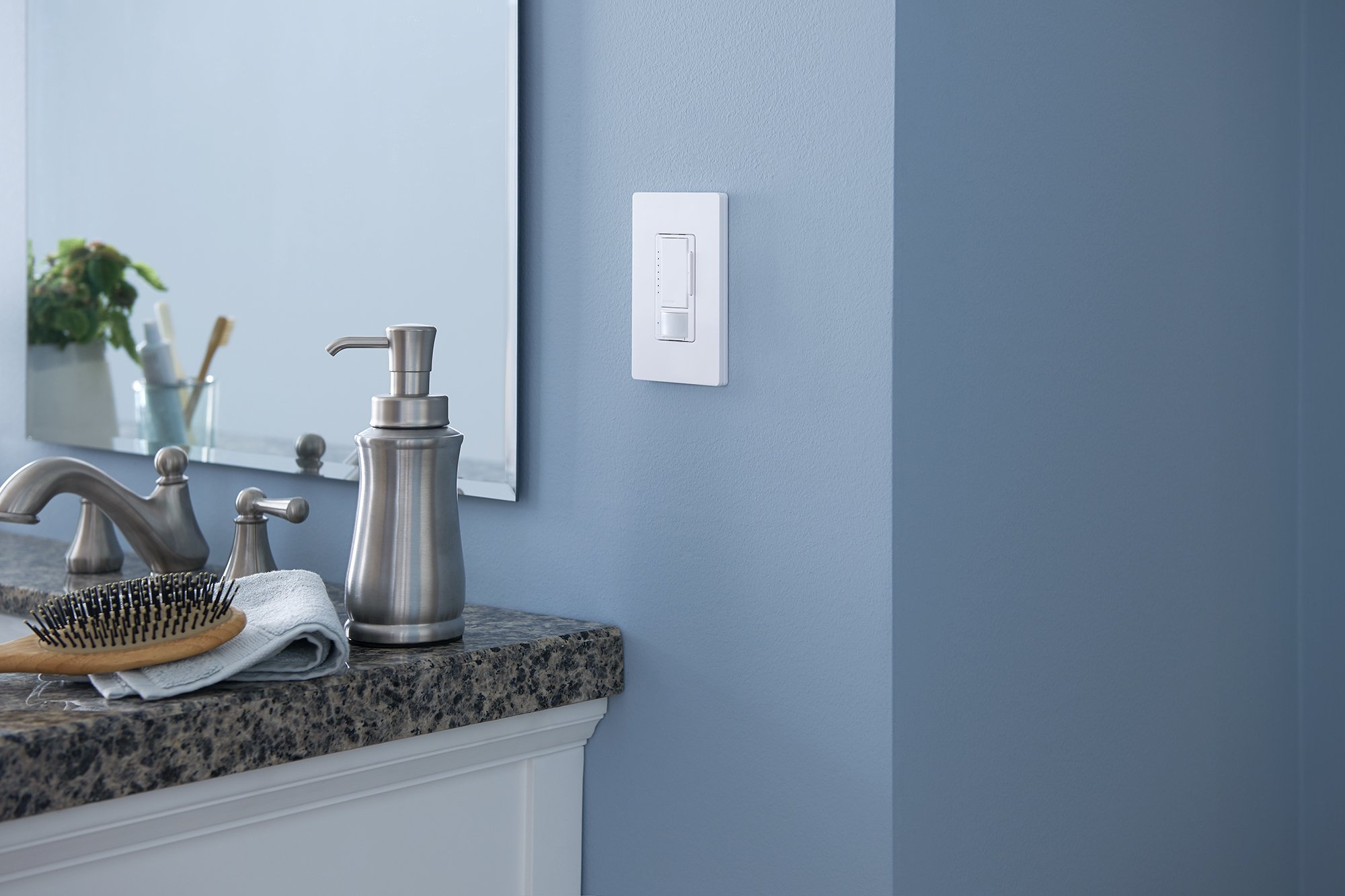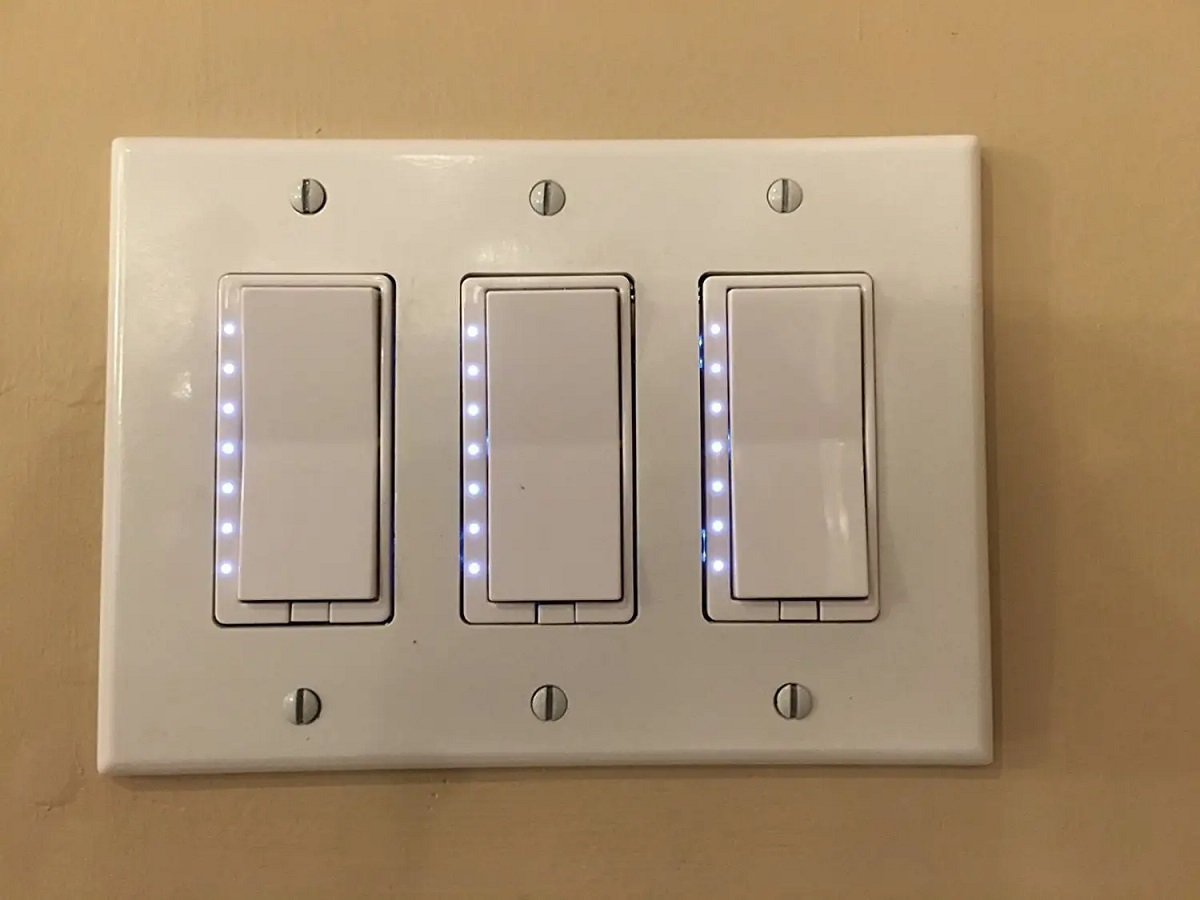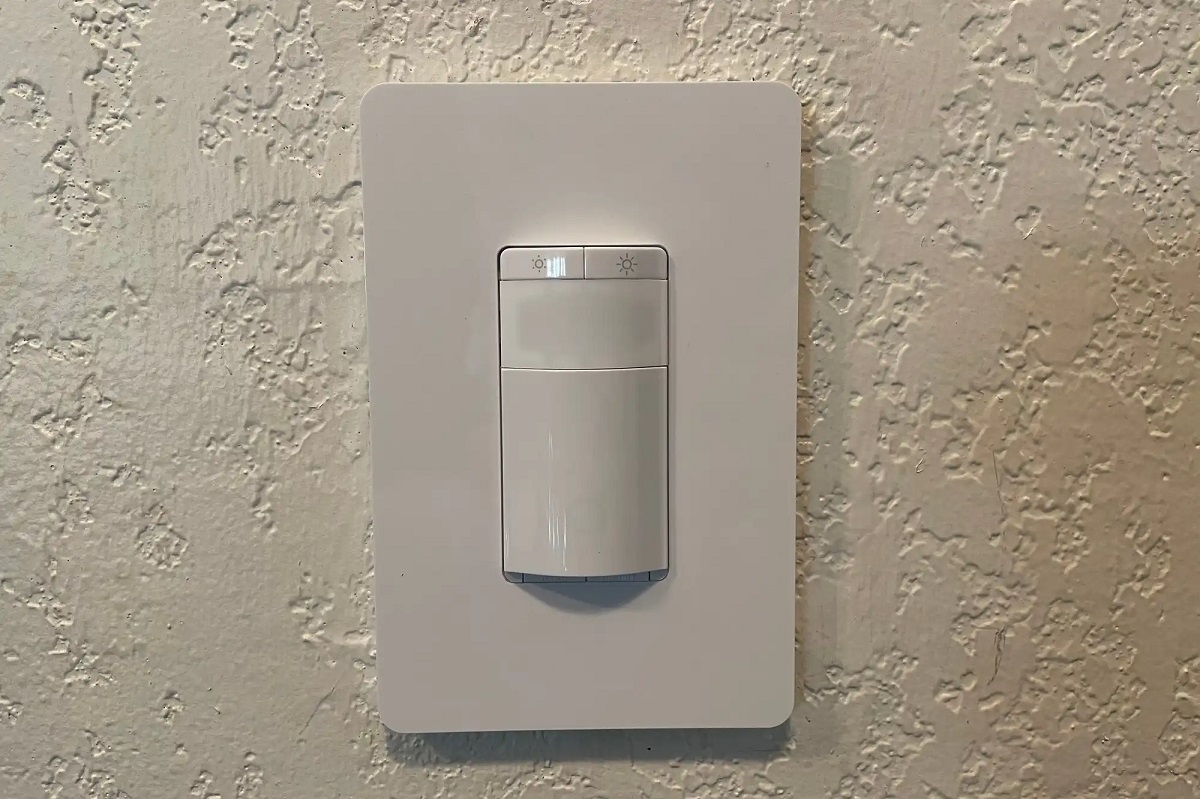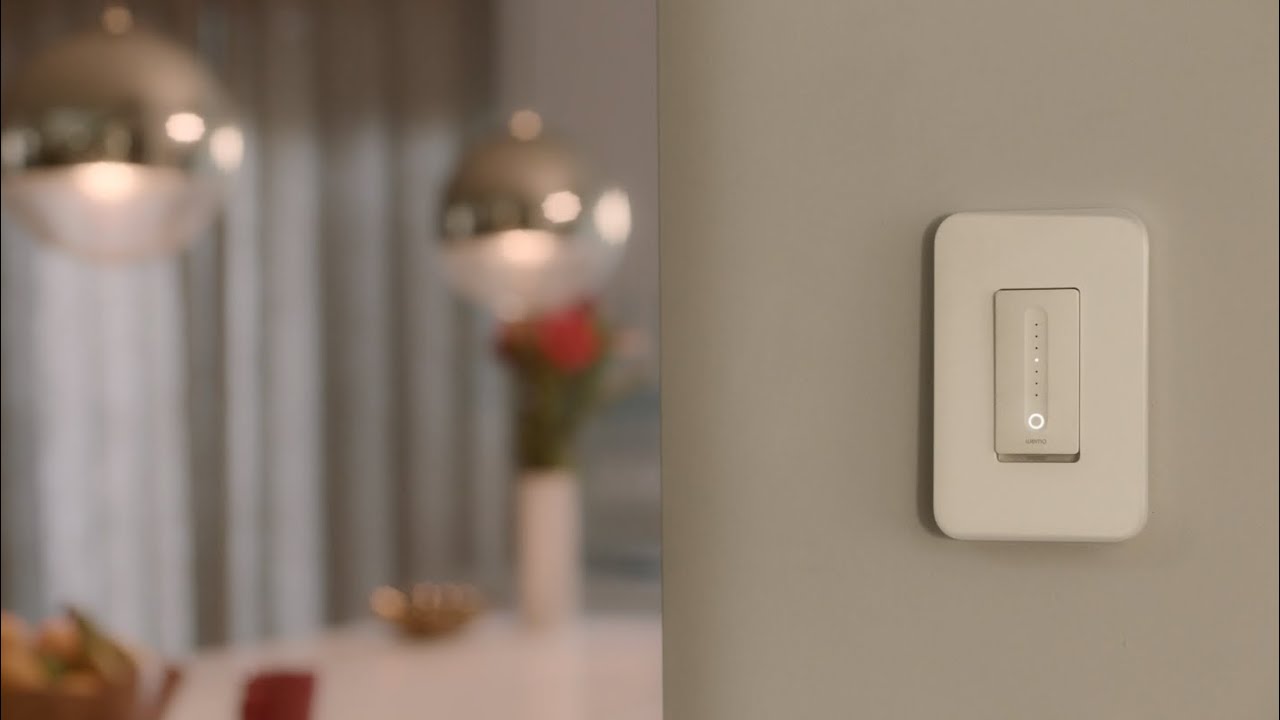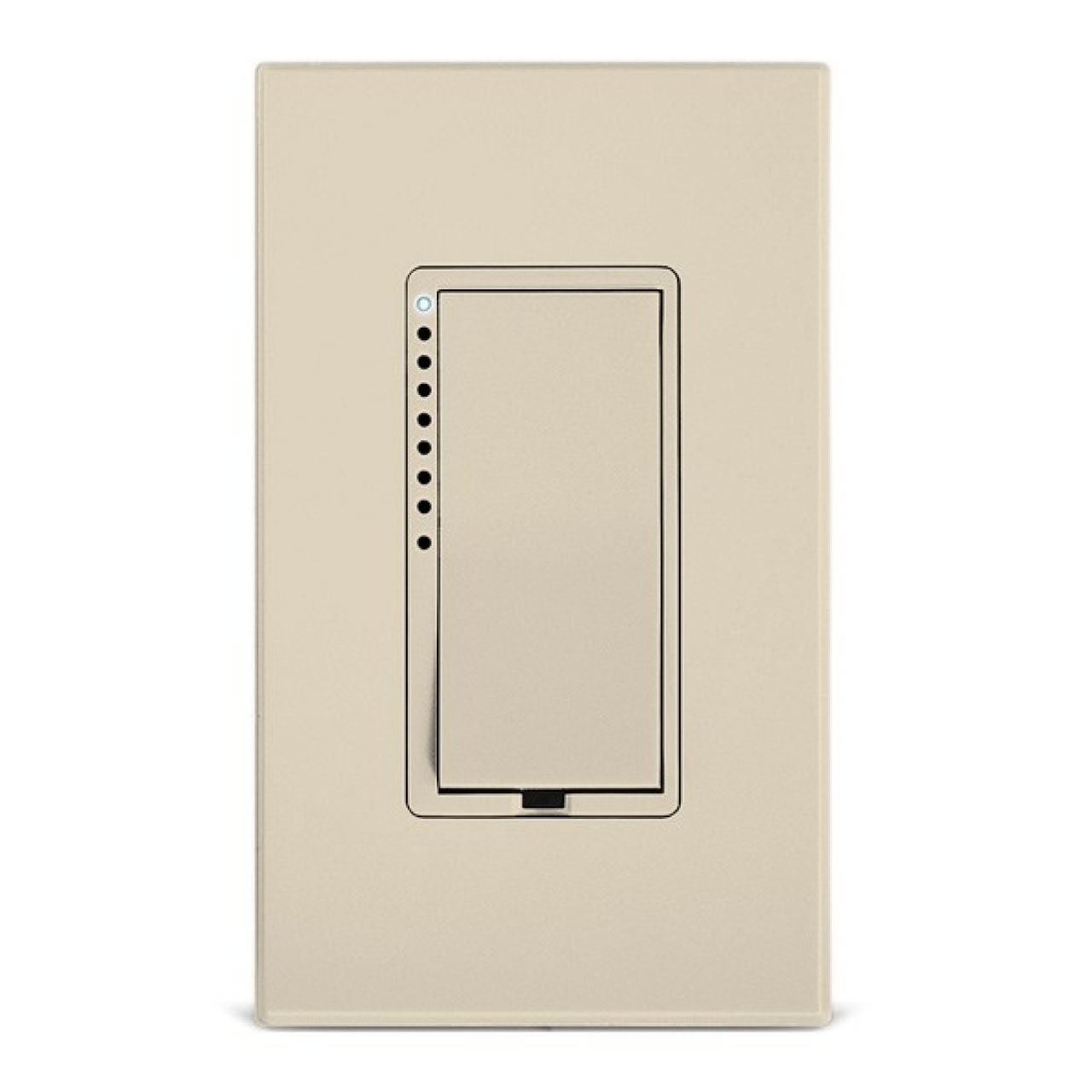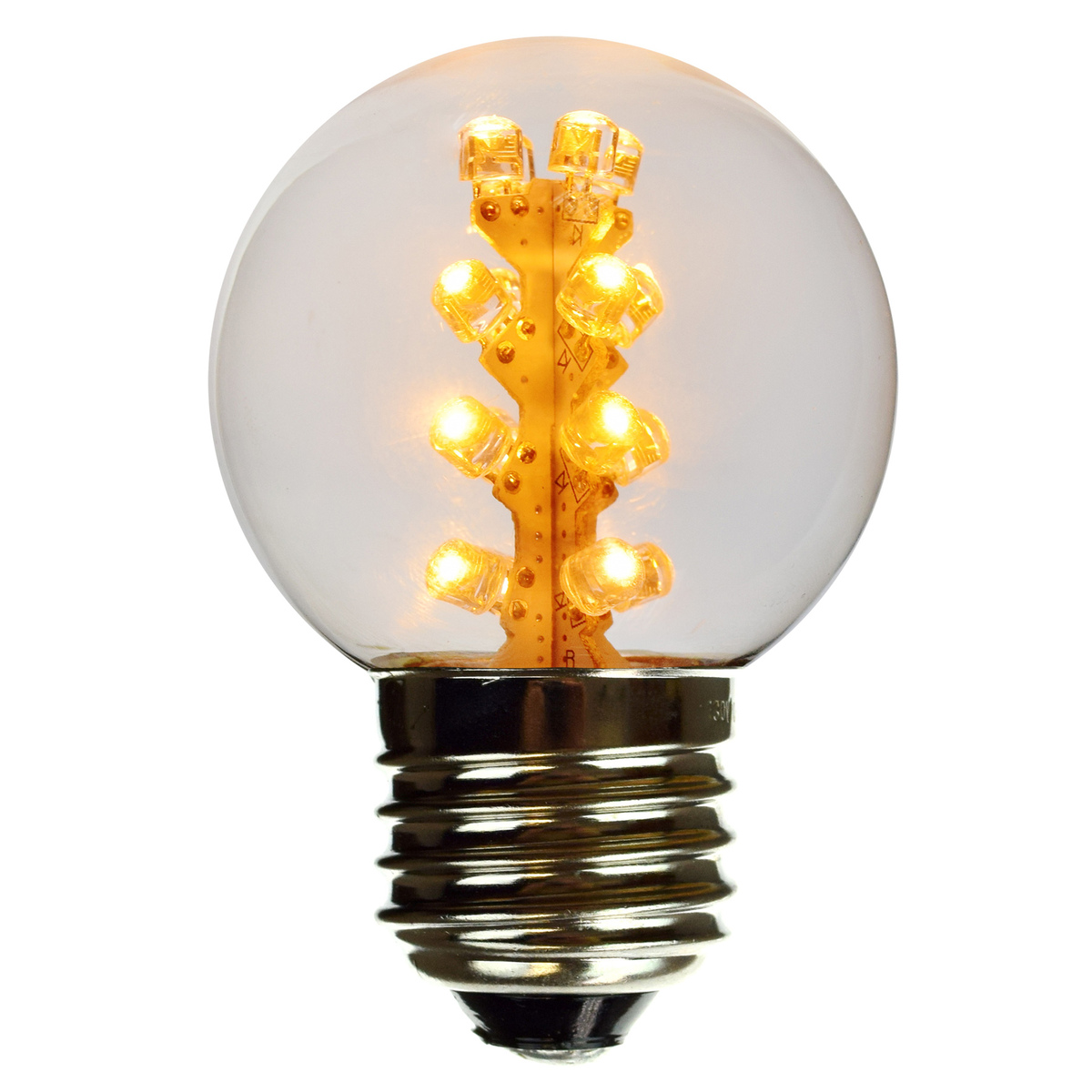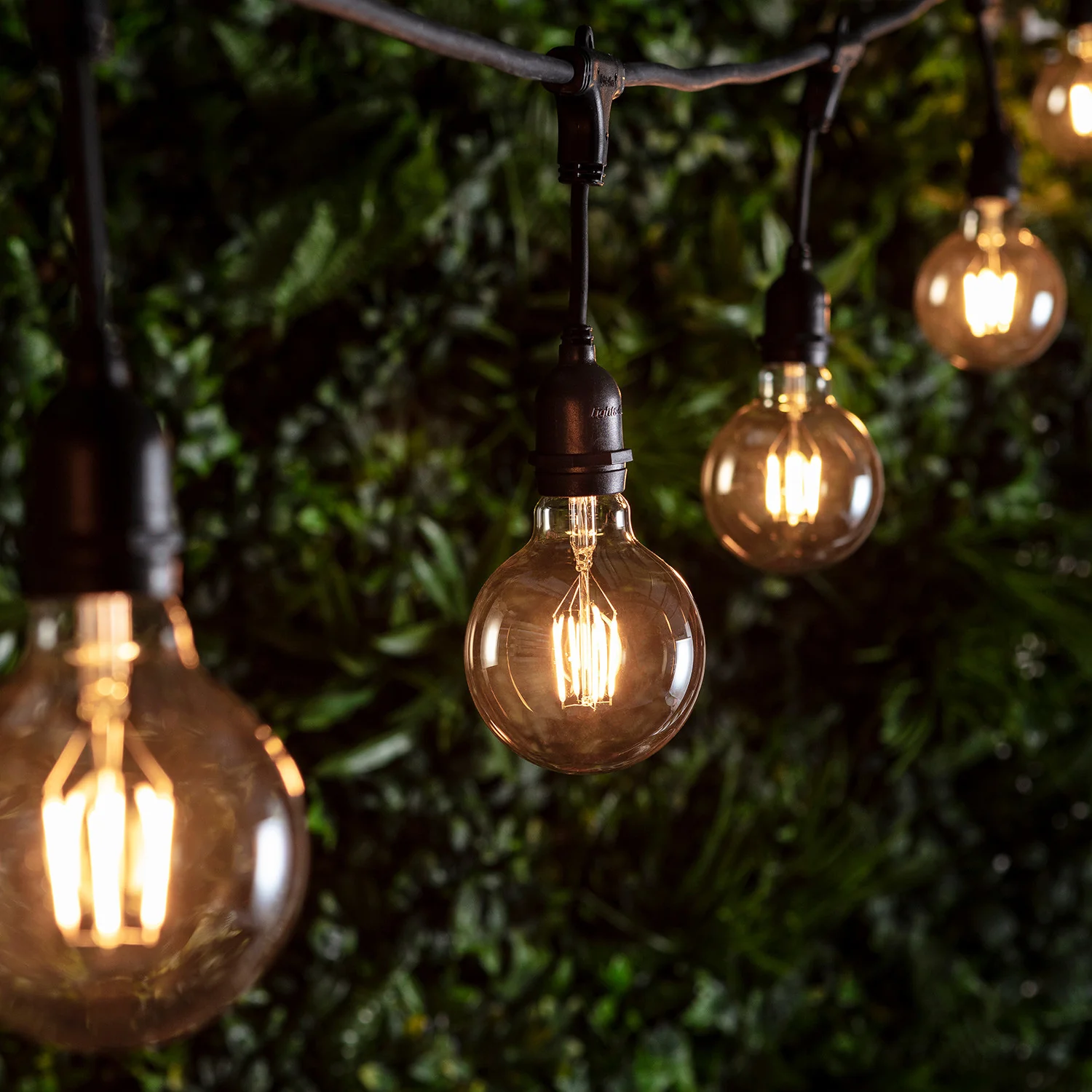Home> Smart LED Bulbs
Smart LED Bulbs: Revamp Your Home Lighting with Intelligent Tech!
Discover the world of Smart LED Bulbs and find out how they can add convenience, energy savings, and style to your life. A world of intelligent lighting awaits you!
